The High – Tech Innovations of the Cosmetics Industry
27
Jun
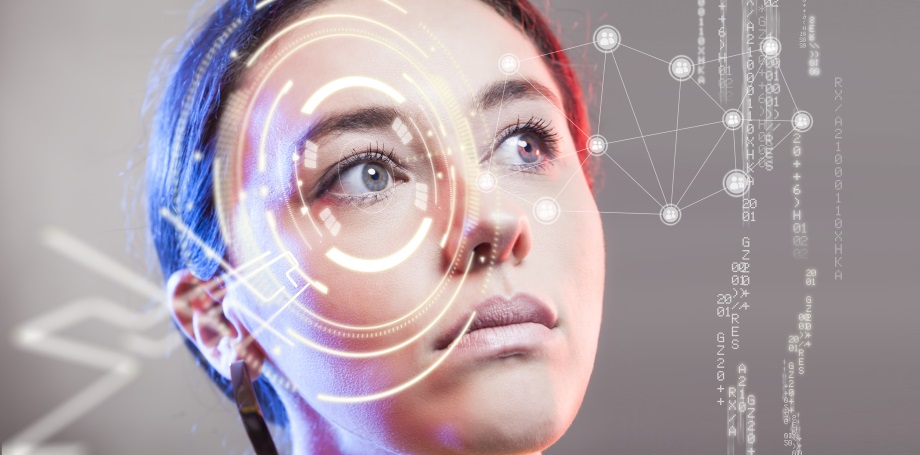
Digitalization and technological revolutions are changing the structures of the cosmetics market and are breaking down the entry barriers for new market players. The demands and expectations of the networked consumers – namely to obtain fast, definite and visible results – are real challenges for brands. We take a look at the latest trends in “networked cosmetics” and “beauty tech”.
Artificial Intelligence and Big Data
Artificial intelligence (AI) is making its debut in a cosmetics market that is increasingly focusing on personalization. AI is already being used in many sectors such as safety, transport and health, and can process and learn from mountains of data and improve its informational value.
Equipped with the tools to analyse huge volumes of collected user data, cosmetic brands are already benefitting from a better understanding of their consumers, allowing them to create tailored solutions and provide specific support to each individual.
Tailored diagnostics and cosmetics
Combined elements, beauty assistants
Using a smart mirror (Hi-Mirror), a smart brush (Sisley’s Hair Analyzer) and a selfie (Olay’s Skin Advisor), it is now possible to analyse the correlation between environmental factors (UV, pollution, air humidity etc.) and the skin’s overall health (wrinkle formation, elasticity, hydration, pigmentation etc.). Users benefit in real time from practical advice about cosmetic products and beauty care solutions that they can use to optimally treat their skin.
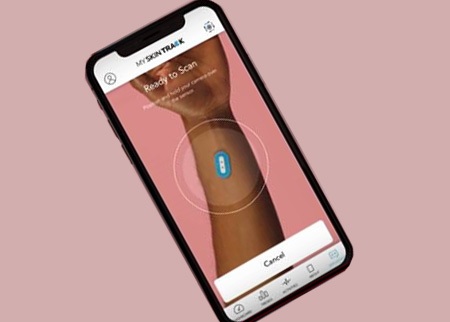
MY SKIN TRACK PH, LA ROCHE-POSAY
After launching the My Skin Track UV, a battery-free system for measuring UV exposure, La Roche-Posay has taken its activities in the individualized beauty care sector a step further with its unveiling of the My Skin Track pH. This 2019 CES Innovation Award-winning sensor provides an individual measurement of the skin’s pH, which is an important parameter especially in conditions such as eczemas, dryness and neurodermatitis. The device uses microfluidic technology to capture trace amounts of sweat from skin pores. The product will be launched in the USA by the partner dermatologists of La Roche-Posay and ultimately marketed directly to the consumers in 2019.
DIY, with tech
The DIY (do-it-yourself) movement is another component of the beauty tech trend and goes hand-in-hand with the growing use of home mixers. Consumers can use these high-tech minilabs, for example Romy’s Figure Formulator or BeautyMix, to create their very own natural cosmetic products adapted to the specific needs of their own skin.
This trend is further reflected in the coining of the term “day-to-day consumption”. This refers to consumers’ practice of only producing the daily dose of their product when they need it.
3D printing for ultra-personalization
While the cosmetics industry has been fascinated for years by 3D bioprinting, in particular by L'Oréal and its partnerships with Organova and Poeitis, 3D printing is now finding new applications and offering ultra-personalized products.
MASK ID, NEUTROGENA
Working with a camera that analyses the needs of the skin and the shape of the face, the consumer benefits from a printed hydrogel mask that maximizes the effectiveness of the personalized care.
The product will be available in the US in the third quarter of 2019.
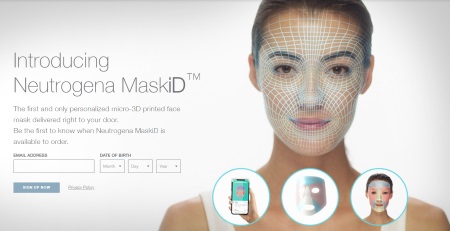
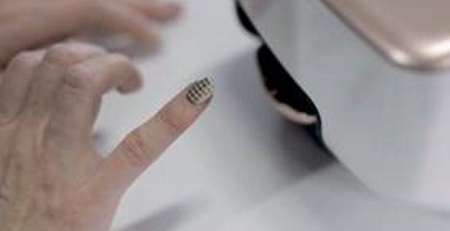
NAIL ART PRINTER, FUNAI AND P&G
Working from a photo or a template, this 3D printer automatically detects the shape of your nail, shows a virtual preview of the pattern on the nail and prints it immediately, right there at home.
The product release date is yet to be announced.
Virtual reality and augmented reality
Augmented reality and virtual reality are finding their way not only into our daily lives, but also into cosmetics. Virtual and augmented reality are used personally in phone apps and publicly in shops, and influence the consumers’ buying behaviour as well as their conduct in social networks.
For simulations of make-up, nail polish and false eyelashes, or visualizations of skin aging... all these new tools enrich the customer’s experience and promote impulse buying.
FUTURE X SMART STORE, SK-II
Japanese cosmetics brand SK-II opens its first Concept Store "phygital" (Tokyo, June 2018).
This concept integrates facial recognition and artificial intelligence technologies to create a unique dialogue between shop and consumer.
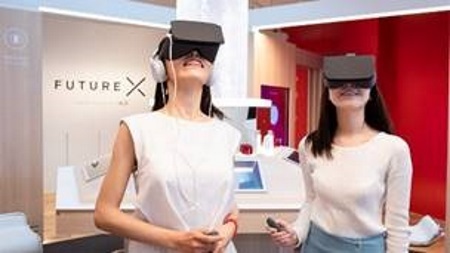
A real challenge for the industry
Networked objects and digital technologies serve not only as means for modernizing marketing and communication techniques, but also as a genuine support for innovation and growth in a difficult market environment.
For one thing, it allows brands to collect and analyse large volumes of data in real time to establish more personal relationships with their customers. Furthermore, thanks to the development of diagnostic and prescription products and devices, consumers benefit from precise, tailored and innovative solutions that reinforce the sales force’s statements and add a health dimension to the cosmetics.

Marie Pancher
Product & Sales Manager
Since early childhood, I was rummaging in my mother’s bathroom for the perfect cosmetic product, I was watching her during the daily routine and I was trying to understand why she was using one product over another. Growing up, I have decided to combine my love for cosmetics, symbol of wellbeing and elegance, with my daily work.
A biological engineer by training, a marketer by trade, I like surfing between these two skills to explore consumer needs, understanding new usages and tracking and recognizing trends. After learning the ropes at several cosmetics brands, I am working today as a product manager at IMPAG France. My working life allows me to be a driver for innovation.


Comments are disabled for this post.